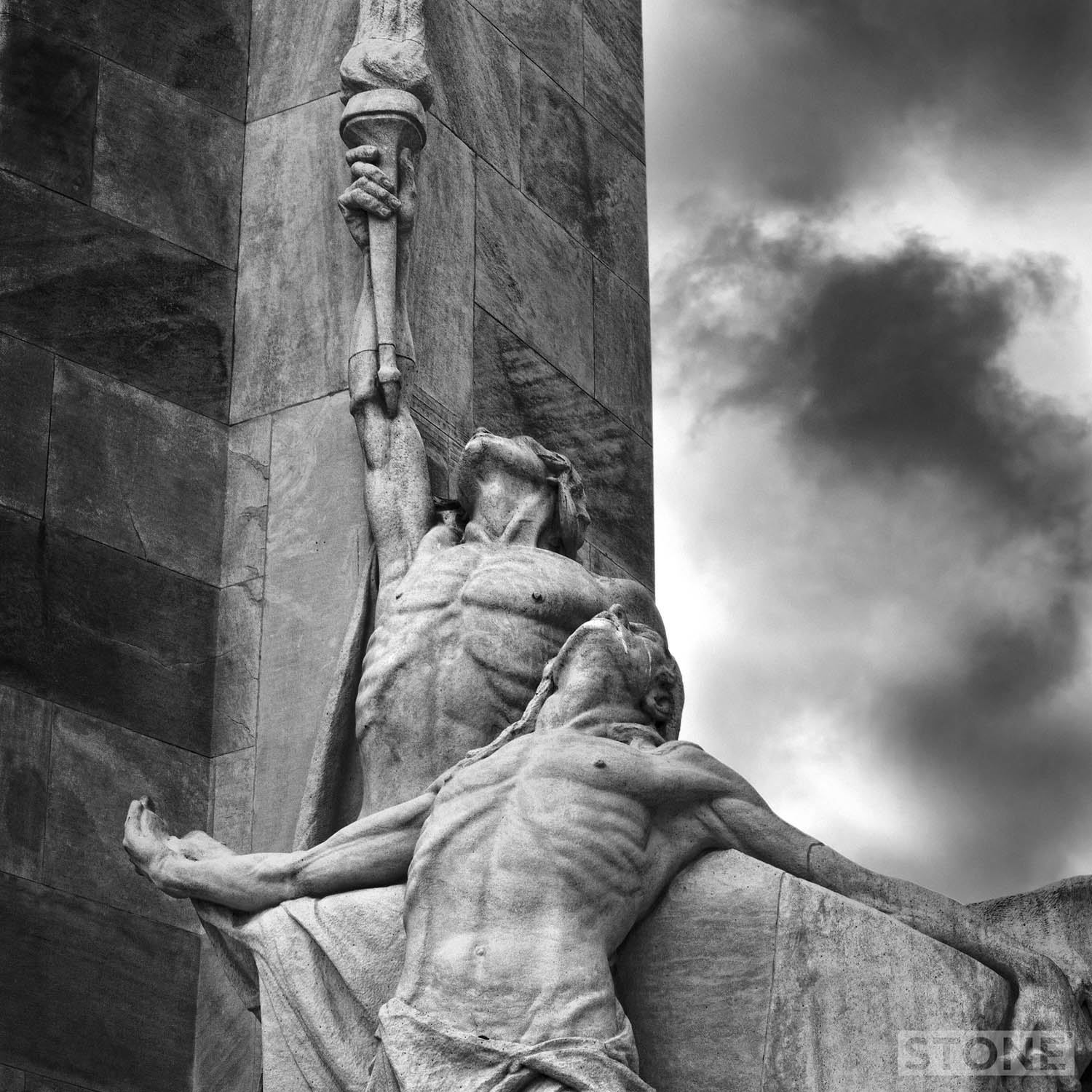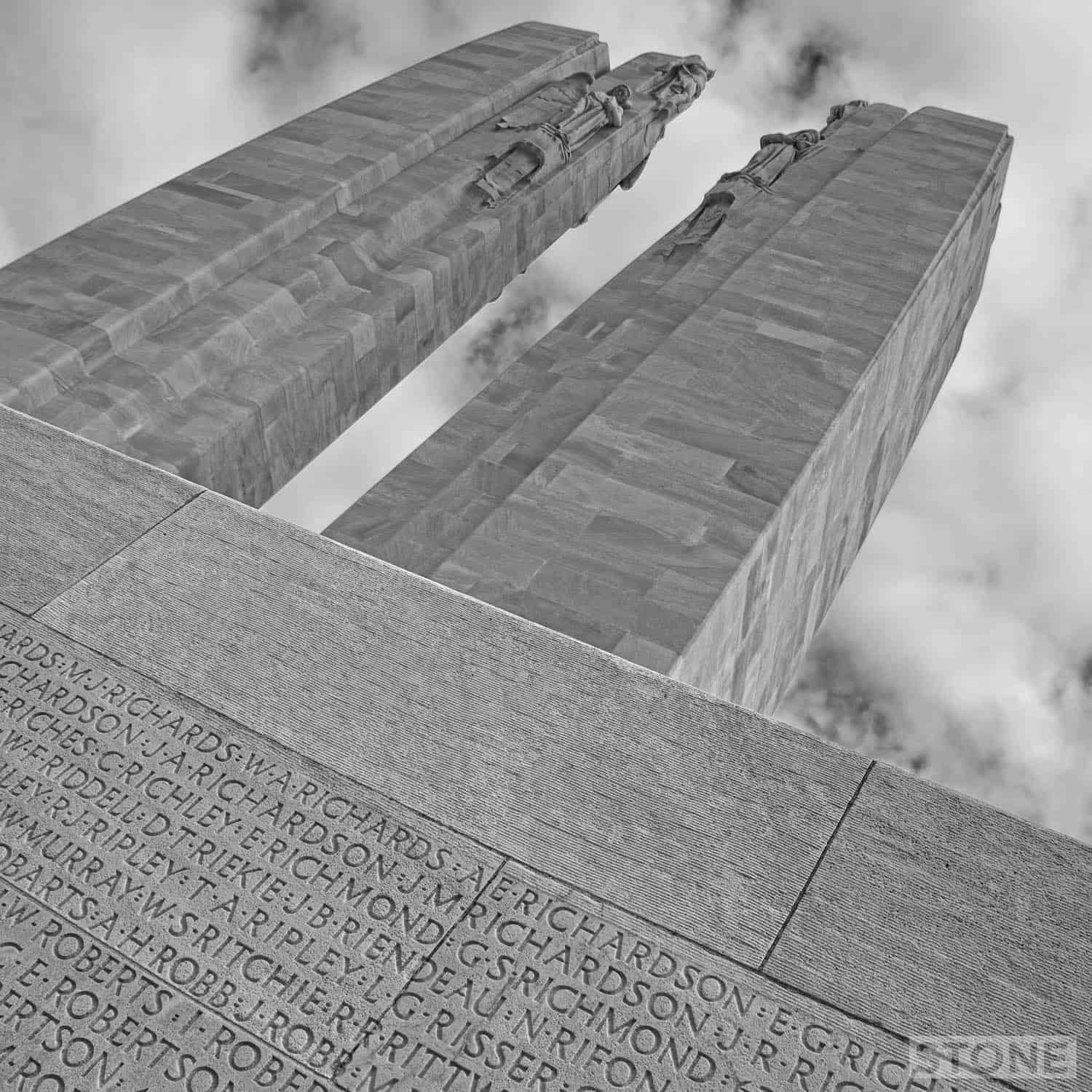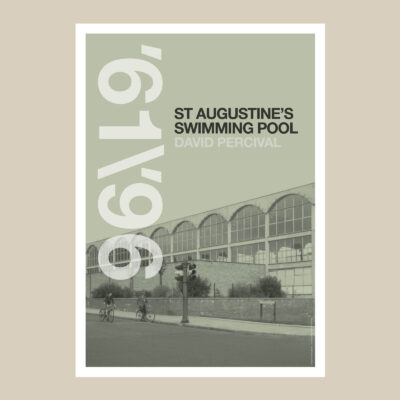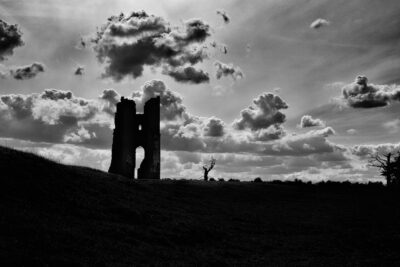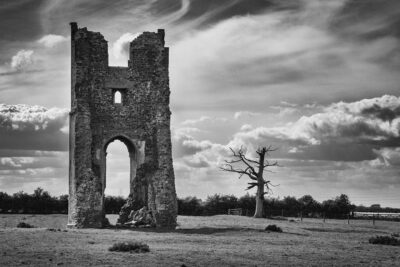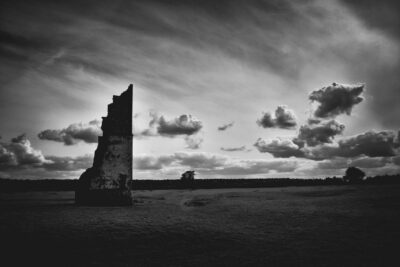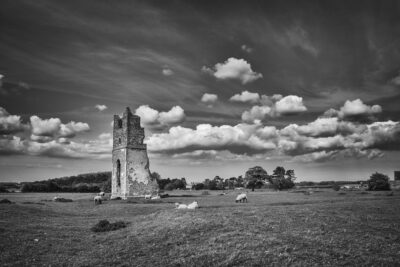It’s quite an apposite moment, the ridge being what it is, a symbol of so much thrashing about in the earth trying to gain a foothold, somewhere that looms large in Canada’s psyche and it’s nearly Canada Day, a day that symbolises so much about the gradual joining of the states that make up a great nation and the long separation from Britain and France and a place that joins Canada to Europe probably more so than any other. This is Vimy Ridge, a tree cover escarpment that sits like a rucked up blanket glaring over the coalfields of Northern France towards Arras and behind it Lens, Bethune and Douai above and below, all names that are redolent of specific phases of both the fluid warfare of teh early and late stages and the stagnant killing grounds. Again it’s one of those places like Messines where because of the nature of the German advance, the speed and ferocity and the time available they could dig deep and hard and strong to create a strong foundation in the landscape, huge dugouts and networks of trenches stretching back into their supply lines, and us The Brits, the Canucks and anyone else who happened along stuck at the bottom looking up at it them looking down whilst raining grit and derision on them.
I’m not going to go into huge detail about units, heroes or villains of the piece there are plenty of books, forums and websites where this information already exist in it’s various and nefarious combinations. I’ll simplify this down to the basics, the nuts and bolts, the reason that the Park is here is one specific period in time starting on the 9th of April 1917 and finishing on the 12th of April the massed men, a mass of human beings from all four divisions of the Canadian Expeditionary Force faced three Divisions of the German Sixth Army. Müller faced Miller, Schmitt faced Smith, Roberts faced Ruprecht. Various German formations had held the heights almost continuously since the outflanking dash to the sea in late 1914, in 1915 the French had tried to dislodge the enemy on the heights costing them a catastrophic 150,000 men, The 1st French Moroccan Division managed to take it briefly but the attempt collapsed, destined to be remembered only at a small memorial hidden away near the Car Park. In Spring 1916 The British took over, mining attacks and heavy bombardments began again, the Germans were also carefully building mines under the British line and then fighting over the holes left by them. Stalemate yet again achieved at cost. Planning began and the Canadians were at the forefront of the idea. In 1917 these plans came together. It often seems from some less than realistic contemporary views of the Great War generally in the popular media that the German Army just sat and took these assaults and popped up once they’d stopped, but this was far from the truth, they too were planning attacks and carrying them out them along the Canadian front.
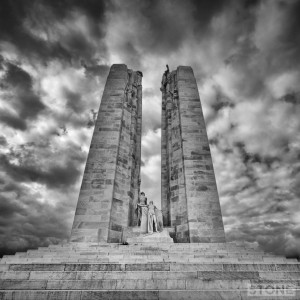 On the 9th of April after the preliminary bombardments were out of the way and the ground nicely shopped to pieces the first attacks took place using tactics developed carefully, using teams to rush forward. At 5.30 in the morning every gun opened up and the first three mines were fired, by 6.30 three quarters of the first objectives had been achieved. On the 10th April, The British advanced through the Canadian held positions to most of the final objectives for the day. A counter attack at Hill 145, where the memorial itself sits, the highest point of the ridge, held up things for a while, but outflanked and running low on supplies the Germans withdrew. On the last day of the assault Prussians relieved the exhausted Bavarians at the Pimple, one of the last objectivse, the weather blowing snow up off the plain along with gas fired from Liven’s Projectors followed by a sustained attack against a now ill-supplied and relatively unsupported Prussian Infantry Division drove them back. The overall result; 4,000 German prisoners, estimates of between 10,000 and 20,000 German dead and wounded, 3,598 Canadian dead and 7,004 wounded. Throughout the war Canada lost 66,000 men and had 170,000 wounded, this, from a country that at the time only had a population of about 8 million. This strip of land four miles long is theirs.
On the 9th of April after the preliminary bombardments were out of the way and the ground nicely shopped to pieces the first attacks took place using tactics developed carefully, using teams to rush forward. At 5.30 in the morning every gun opened up and the first three mines were fired, by 6.30 three quarters of the first objectives had been achieved. On the 10th April, The British advanced through the Canadian held positions to most of the final objectives for the day. A counter attack at Hill 145, where the memorial itself sits, the highest point of the ridge, held up things for a while, but outflanked and running low on supplies the Germans withdrew. On the last day of the assault Prussians relieved the exhausted Bavarians at the Pimple, one of the last objectivse, the weather blowing snow up off the plain along with gas fired from Liven’s Projectors followed by a sustained attack against a now ill-supplied and relatively unsupported Prussian Infantry Division drove them back. The overall result; 4,000 German prisoners, estimates of between 10,000 and 20,000 German dead and wounded, 3,598 Canadian dead and 7,004 wounded. Throughout the war Canada lost 66,000 men and had 170,000 wounded, this, from a country that at the time only had a population of about 8 million. This strip of land four miles long is theirs.
We’ve driven down the Route Des Anglais many times heading to visit the French family in Paris or gone further still to drink too much Calvados and cheap bottom shelf wine. I’ve always peered out of the car as we slip along the motorway hurrying down to holidays or back to ferries, always hoping to see it through the trees not wishing to lay the whole thing on my then younger family loaded down with buggies and nappies and bags of long life chocolate croissants. I’ve done my trips to front alone or with friends to record and photograph Ypres and the Somme, but hadn’t had the time to stop and look. Two years ago, we allowed time and curled off the autoroute into a labyrinth of roads, paths and woodland, skimming past dog walkers and runners, people wearing backpacks and waterproofs just living their lives in the shadow of this monument.
Memorial Parks invariably seem strange places, the emotional response can be muted by the clipped grass and nice paths, concrete trenches and old nicely glossed field pieces; people sitting on benches drinking chocolate milk and eating baguettes shatter some of the illusory reality that you can find yourself immersed in in a field where the only other warm blooded life is the watching cows. These places can seem a bit like a sombre sculpted playground, a death theme park, where in reality real misery was spawned on the helter-skelter, meted out and sent home to waiting families across the continents, it bothers me sometimes that we package up our past making commemoration a commodity, it can be difficult to unfold our grief in such places. Here, like Newfoundland Park, the reception you receive is exceptionally warm; the visitors centre is permanently manned by some truly lovely committed people, most of them students from Canada, rotated in and out over the year, doing their bit. It is obviously an obligation which they have accepted willingly and they have done so with a certain type of casual cheer that’s quite beguiling in such a monstrous place. There was also a gratitude that you care enough to come and visit them and by wrote their Great-Grandfathers or Grand-Uncles, this is a rather lovely thing even to us slightly reserved, cynical wanderers.
From the landscape alone you can grasp some sense of how horrifying it must have been, slopes still covered in shell and mine craters softened into green hollows and ripples disappear into mature woodland park fenced off because of both the death it’s held and the death it still contains. Ascending the sloping paths to the heights requires some energy even when nobody is shooting at you or lobbing any explosives about and it’s not snowing and you aren’t scared or shaking from tiredness and hunger. The bit of the Park that truly is astonishing is the memorial itself.
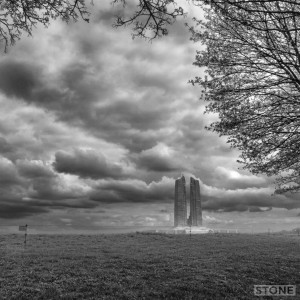 We walked up from the upper Car Park, trailing one child, passing the no entry signs to the areas that are still dangerous nearly a century on, only time can now deal with this as the explosives slowly break down. The memorial is stark, it is white, a huge monolith built of Seget Limestone. The sight of it for the first time takes your breath away whipped out by the wind howling up the escarpment. We’d wrapped up, but it was a case of hunkering down against the sharpened air as we headed towards the path that leads to the back face of the memorial. The wind was throwing blasts of white dust up from the Douai Plain below, plumes of it hung in eddies around the wide base of the towers in the middle distance white rising and falling shapes moving as the air sucked more dust up, blowing it across the field like ghosts leaving a coat of powder on the cars in the car park.
We walked up from the upper Car Park, trailing one child, passing the no entry signs to the areas that are still dangerous nearly a century on, only time can now deal with this as the explosives slowly break down. The memorial is stark, it is white, a huge monolith built of Seget Limestone. The sight of it for the first time takes your breath away whipped out by the wind howling up the escarpment. We’d wrapped up, but it was a case of hunkering down against the sharpened air as we headed towards the path that leads to the back face of the memorial. The wind was throwing blasts of white dust up from the Douai Plain below, plumes of it hung in eddies around the wide base of the towers in the middle distance white rising and falling shapes moving as the air sucked more dust up, blowing it across the field like ghosts leaving a coat of powder on the cars in the car park.
The memorial itself is huge, designed by W.S. Allward, unveiled by King Edward VIII in July 1936. The design was submitted as part of a competition, originally intended to be repeated across the front at the other seven Canadian memorials, Frederick Chapman Clemesha the runner up provided the other powerful memorial which sits at Vancouver Corner near Ypres, a third smaller plinth sits at the other sites such as the one at Hill 62 near Sanctuary Wood in Belgium. It is a powerful object; split pylons, two columns rising out of a wide base that stands on a terrace, one side represents France with a Fleur-de-lys, the other Canada with a Maple leaf. Twenty Neo-classical sculpted figures can be found around the towers, some with hands outstretched reach for the clouds, a sad father reclines and a mother bears her now childless breast. On the pillars figures are placed representing Justice, Hope, Charity, Honour, Faith, Truth and Knowledge, Peace is at the very top eyes raised to the sky. In the middle of the two columns two muscular soldiers pass a torch, Seven more figures, The defenders, breaking teh sword and Sympathy for the Helpless adorn the front wall. At the fore, a giant hooded figure stares down, Mother Canada raising her eyes to the flat lands which once was the front, the plain sprawls out towards the twin peaks of Double Crassier near Lens, she just stares down in sorrow at a sarcophagus, her dead encased within. It is positively epic in proportion, almost filmic in it’s detail and story.
We walked around and around, staring at it and peering the slopes at the flat land beyond, the familiar bewilderment rises when confronted by these stone things that appeared in our landscape. And around us, the names of 11,000 Canadian men who remain on the front unfound. And what of them, Millar or Müller, Schmitt or Smith, Roberts or Ruprecht, our collective ancestors; Young men, Great Grandparents or childless Great Uncles, the slightly varying lexicon of name roots two sides of the same coin, their names now etched into stone, mirrored by photos on the wall and mantlepiece yellowing into memory in boxwood and gilded frames, the postcards and silks from the front, medals and keepsakes all separated first by miles and now by years. Passing time and fading memoryt and attachment transfers these men to drawers and albums, they fade, fox and crack, some become orphaned unnamed junk shop relics or a fiver deal in online shops, nameless bargain spectres of someones life or someone’s grief, the everyman of war. But here they still sit etched in stone on a windy plain miles from home remembered.

